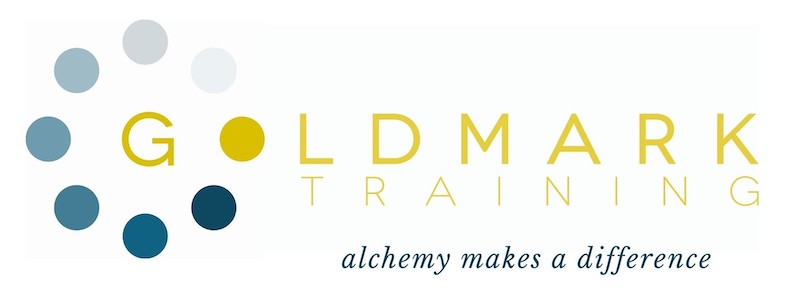Unconscious bias is something we all carry with us—shaped by our background, experiences, and social conditioning. The challenge is that these biases often influence our decisions and behaviour without us even realising it.
In the workplace, unconscious bias can affect recruitment, promotions, teamwork, and employee wellbeing, ultimately shaping organisational culture. Recognising where bias shows up is the first step to overcoming it.
At Goldmark Training, we help organisations identify and address bias through practical unconscious bias training and workshops. Here are five everyday situations where bias tends to creep in—and strategies to tackle it.
1. Recruitment and Hiring Decisions
Situation:
During interviews, hiring managers may unconsciously favour candidates who share similar backgrounds, accents, or even hobbies. This “similarity bias” can result in overlooking qualified candidates from diverse groups.
How to Overcome It:
-
Use structured interviews with standardised questions.
-
Involve multiple assessors in the process.
-
Focus on skills and competencies rather than personal background.
-
Provide interviewers with Equality & Diversity Training.
2. Performance Reviews and Promotions
Situation:
Managers may rate employees differently based on unconscious stereotypes—for example, assuming women are less suited for leadership or that younger employees lack maturity.
How to Overcome It:
-
Base reviews on measurable performance outcomes.
-
Ensure promotion criteria are transparent and objective.
-
Provide Leadership & Management Training to help managers identify and reduce bias.
3. Team Collaboration and Meetings
Situation:
In team discussions, certain voices may dominate while others are overlooked. Employees from minority groups or introverts may struggle to be heard, even when they bring valuable insights.
How to Overcome It:
-
Encourage equal participation by actively inviting contributions from all team members.
-
Rotate meeting facilitators to avoid power imbalances.
-
Include mental health and wellbeing awareness to support inclusive team culture. (Wellbeing Training)
4. Everyday Workplace Interactions
Situation:
Microaggressions—subtle comments or behaviours based on race, gender, or age—often go unnoticed but can deeply affect workplace culture and individual confidence.
How to Overcome It:
-
Raise awareness through Unconscious Bias Training.
-
Create safe spaces where employees can share concerns without fear of judgment.
-
Encourage open conversations around inclusion and respect.
5. Client and Customer Service
Situation:
Employees may unconsciously treat customers differently based on appearance, accent, or assumptions about their background. This can affect customer experience and brand reputation.
How to Overcome It:
-
Provide front-line staff with diversity and inclusion training.
-
Monitor customer interactions for patterns of bias.
-
Build policies that encourage equal treatment and accountability.
Why Tackling Bias Matters
Addressing unconscious bias is not just about compliance—it’s about building stronger, fairer, and more effective workplaces. When employees feel valued and included, they are more motivated, engaged, and productive.
At Goldmark Training, we specialise in helping organisations develop awareness and practical strategies to reduce bias and create more inclusive environments. Explore our Unconscious Bias Training and Equality & Diversity Training to see how we can support your team.
